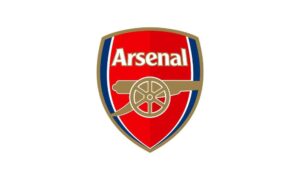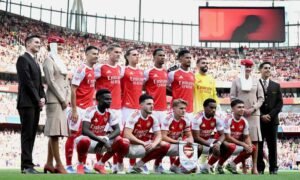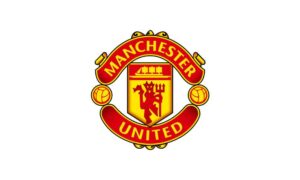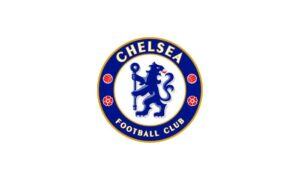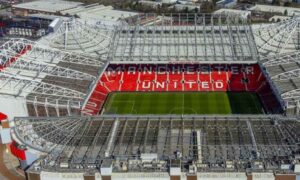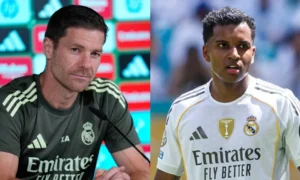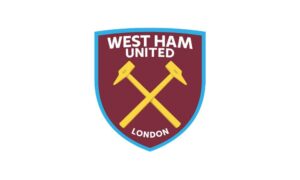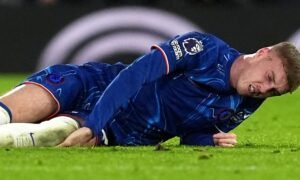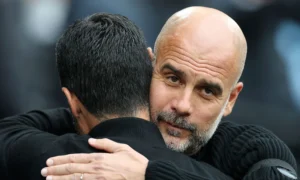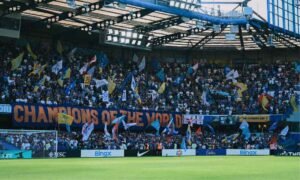From the moment Martin Ødegaard hobbled off the pitch with a brace on his left knee, Arsenal’s title aspirations felt a little less bulletproof. In a match where Arsenal humbled West Ham 2–0, the sight of their captain exiting early sent shockwaves through the fanbase. As we dive into what this means, we’ll try not to spiral into doom-mongering (too much).
Martin Ødegaard: the heart of Arsenal’s attack
Right away, you feel it: Arsenal without Ødegaard is a different beast. He is their creative engine, their subtle orchestrator, the man who seems to know where gaps will open before defenders do. When he collided knee-to-knee before the break, his discomfort was immediate, and he never looked likely to continue. According to sources, he is “not positive about it.” The medical team’s verdict is awaited, and fingers are crossed that this isn’t a long recovery.
This is no isolated incident. He’d already been substituted early in recent fixtures (shoulder issues among them), and now this knee scare adds to the worry. Missing him is not just losing a body, it’s losing a dimension of attack and creativity few can replicate.
Why Arteta is alarmed by the injury of Martin Odegaard.
Mikel Arteta, who made his 300th match in office attempted to sound optimistic. But the tone betrayed him. We can hear the anxiety behind the calm. He knows this team leans hard on its midfield piggybank, and Ødegaard is the golden coin. The doctors will have to tell us that, said he.
It is not the only problem that Arteta is concerned with: momentum, morale and identity are on the line. Without Odegaard, the Arsenal attack is reduced to the one-dimensionality; patterns are washed out; space is made more inaccessible. If the injury lingers, Arteta will have to find creative mitigations. The game plan might shift, lineups juggle, and certain matches (our eternal nemesis Liverpool, for example) suddenly carry more risk.
Martin Ødegaard: a captain in crisis (opinion)
Here’s where I get stubborn: missing Ødegaard would be less a setback and more a seismic jolt. He is the pulse. Arsenal lose not just goals but the cohesion and belief he instills. I’m not exactly predicting a collapse, but the margin for error shrinks hard. Depth becomes essential. Can others step up? They must. But in a title race, uncertainty is a foe you don’t want to welcome.
Ødegaard’s absence and the wider impact
The squad will experience it psychologically. Colleagues can be over-pressurized, challenge judgments or be too cautious. Opponents might sense fragility and test Arsenal in ways they’d shied away from. The coaching staff must guard against panic spreading faster than injury.
Tactically, the shape might shift. Someone will need to carry a creative burden, perhaps Bukayo Saka or someone deeper leaning forward. The defensive balance must be maintained.Arteta needs to find a balance between ambitions and pragmatism.
On the other hand, a stronger determination can be made. The injury would be able to give the team a jolt, make them grow, and learn greater lessons about collective responsibility. However, that is the best scenario–and hope can only work well when supported by grit and shrewd contingency.
As the sources suggest, the medical team will perform the scans and assessments within the next 48 hours. It is hoped that a new recovery will take place, though not guaranteed yet. Players, staff and fans have to prepare to take the worst and hope to get the best.
Summing up: as soon as Odegaard left, the title route of Arsenal became more difficult.
But this club has built momentum, confidence, and belief. They can survive small crises. The real test is whether they can adapt without their creative heartbeat—or limp through this stretch hoping he returns.If Ødegaard returns swiftly, Arsenal’s rhythm will be restored; if not, they’ll need courage, invention, and a bit of that North London magic.




